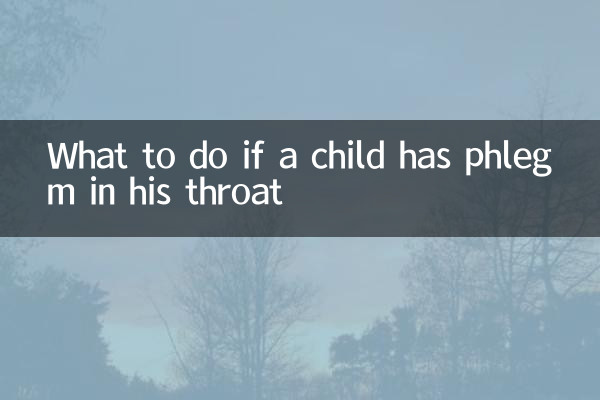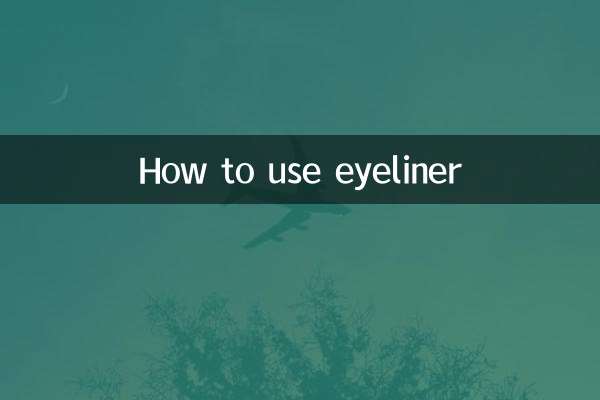What to do if a child has phlegm in his throat
Recently, children's health issues have become a hot topic for parents. Especially during the change of seasons, it is more common for children to have phlegm in their throats. This article will combine the hot topics and hot content on the Internet in the past 10 days to provide parents with scientific and practical solutions.
1. Common causes of phlegm in children’s throats

Phlegm in the throat of young children is usually caused by the following reasons:
| Reason | Description |
|---|---|
| respiratory tract infection | Viral or bacterial infections such as colds and flu that cause increased phlegm |
| allergic reaction | Allergens such as pollen and dust mites irritate the respiratory tract |
| air drying | Dry air thickens respiratory secretions |
| Improper diet | Excessive consumption of greasy or sweet foods aggravates phlegm |
2. How to relieve phlegm in children’s throats
To address the problem of phlegm in young children’s throats, parents can take the following measures:
| method | Specific operations |
|---|---|
| Maintain indoor humidity | Use a humidifier to keep the humidity at 50%-60% |
| Drink more warm water | Give warm water in small amounts and frequently to dilute the phlegm |
| Patting on the back to expel phlegm | Use hollow palms and pat your back gently from bottom to top |
| diet conditioning | Eat more lung-moistening foods such as pears and white radish |
| steam inhalation | Put hot water in the bathroom to create steam and let the child inhale it for 5-10 minutes |
3. Situations requiring medical treatment
It is recommended to seek medical treatment promptly in the following situations:
| Symptoms | Possible reasons |
|---|---|
| Sputum is yellow-green | Possible bacterial infection |
| difficulty breathing | Possibly asthma or pneumonia |
| persistent high fever | Signs of serious infection |
| refuse to eat | Possible severe throat discomfort |
| Symptoms last for more than a week | Need professional diagnosis |
4. Recent hot and related topics
According to the data from the entire network in the past 10 days, the following are highly concerned topics related to phlegm in children’s throats:
| topic | attention index |
|---|---|
| Children’s respiratory care during seasonal changes | high |
| Natural food therapy and expectorant methods | Middle to high |
| Controversy over nebulization treatment for children | in |
| Antibiotic usage guide | Middle to high |
| Traditional Chinese Medicine Pediatric Massage and Expectorant | in |
5. Preventive measures
Prevention is better than cure. The following measures can help reduce phlegm in young children's throats:
| Precautions | Implementation recommendations |
|---|---|
| Enhance immunity | Ensure adequate sleep and moderate outdoor activities |
| Avoid contact with the source of disease | Avoid going to crowded places during flu season |
| Get vaccinated regularly | Get vaccinated against influenza, pneumonia, etc. on time |
| maintain hygiene habits | Wash your hands frequently and pay attention to personal hygiene |
| Eat properly | Balanced nutrition and avoid too many sweets |
6. Expert advice
Many pediatric experts emphasized in recent interviews:
1. Do not give adult cough medicine to young children at will
2. Children under 3 years old should use expectorants with caution and follow medical advice.
3. Physical methods (such as back patting, steaming) are the safest ways to expel phlegm.
4. Stay patient. Children’s ability to expel phlegm is weak and recovery will take time.
Through the above systematic methods and suggestions, parents can deal with the problem of phlegm in their children's throats more scientifically. Remember, when symptoms persist or worsen, you must seek medical treatment promptly and do not delay treatment.

check the details

check the details